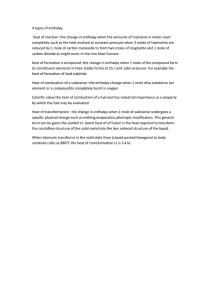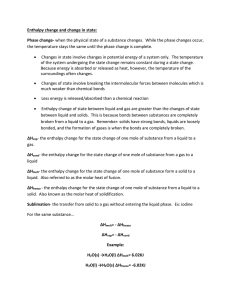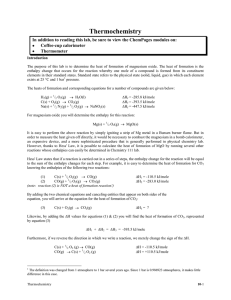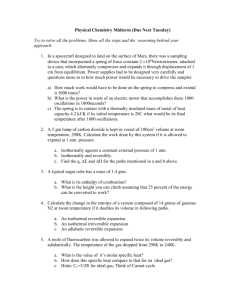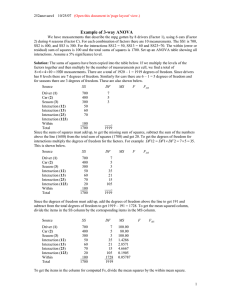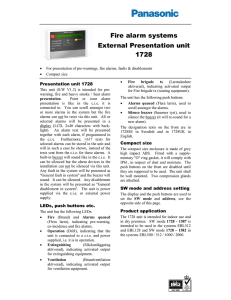Document 13549315
advertisement
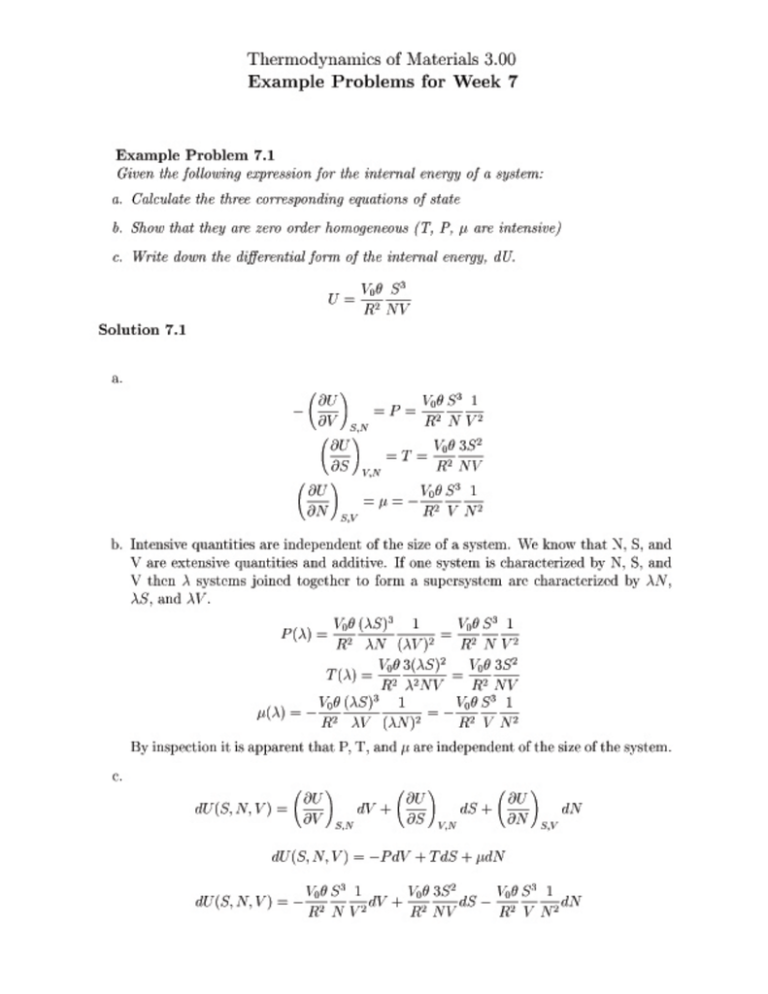
Example Problem 7.2 Pure nickel exists in two solid forms ;Ni (fcc) and ;Ni (bcc) with the transition at T! = 630K at atmospheric pressure. -Ni melts at Tm = 1728K . The enthalpy of formation of -Ni at 298K is H;0 = 0J=mole. The entropy of formation of -Ni at 298K is S;0 = 29:8J=moleK . The heat capacities of the solid forms are given below. Calculate the enthalpy and entropy of transformation, H! and S! , respectively, for the ! transition in terms of the given data and the enthalpy of -Ni at the melting temperature, H;Tm . C p; = 32:6 ; 1:97 10;3T ; 5:586 105 T12 C p; = 29:7 + 4:18 10;3T ; 9:33 105 12 T Solution 7.2 This is an exercise in manipulating standard state information. We start by recognizing that at the equilibrium transformation temperature the molar Gibbs free energies of the and phases, G(T! ) and G (T! ), respectively, are equal. H ! = H ;0 + Z 630 298 H ! = H ; H Z 630 C p;dT ; H ;1728 ; C p; dT 1728 1 H ! = 0J=mole + ; 5:586 10 T 2 dT 298 Z 630 ;H ;1728 ; 1728 29:7 + 4:18 10;3T ; 9:33 105 T12 dT Z 630 32:6 ; 1:97 10;3T 5 H ! = 9578J=mole ; H ;1728 + 370801J=mole H ! = ;46659J=mole ; H ;1728 We know that G;630 = G;630 at atmospheric pressure. From this we nd the following relation for the entropy of transformation. G! = 0 H ! ; 630S ! = 0 ; H ;1728 S ! = ;46659J=mole 630 We expect both the entropy and enthalpy of transformation to be positive. From this they have the same sign and it is expected to be positive depending on H ;1728 .

